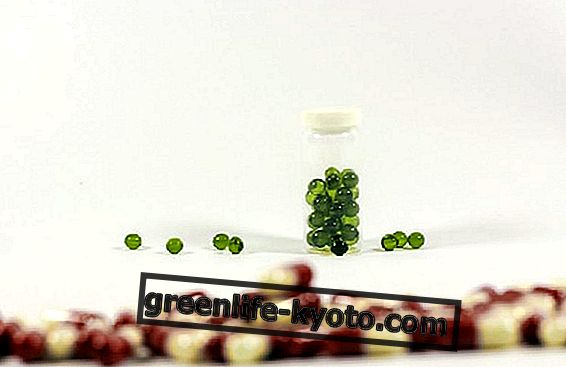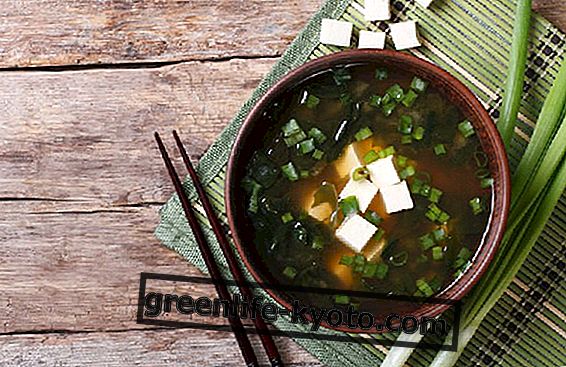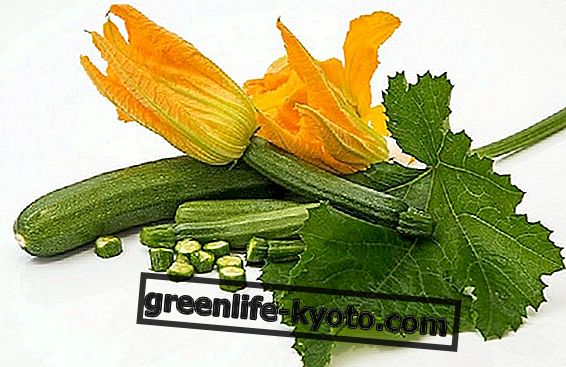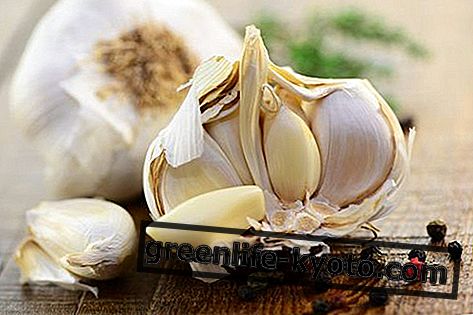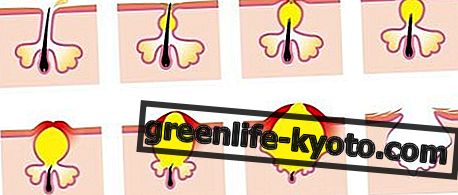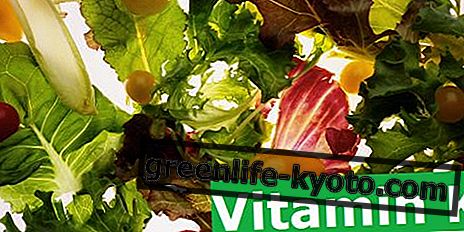Curated by Maria Rita Insolera, Naturopath
Fructose is a natural sugar that has different properties, including that of keeping glycemic values under control and avoiding laxative effects. Let's find out better.
Fructose molecular structure

What is fructose
Fructose (or levulose) is a monosaccharide, or a simple sugar, which has the same molecular formula as glucose (C6H12O6) but different chemical structure and therefore has very different characteristics due to some differences in the bonds between the various atoms.
Fructose is the main sugar of fruit and honey, and is also present in many vegetables. Fructose is found in sugary fruit and honey, but is also found in some vegetables. Sugar beet and sugar cane also contain small amounts.
Fructose is the sweetest of all types of sugars. The sugar we normally use is sucrose, composed of a molecule of glucose and one of fructose. The latter, however, can also be refined and reduced to small crystals to be used as a sweetener.
Main functions of fructose
Fructose is absorbed in the intestine, sent to the liver through the bloodstream and here it is transformed into glucose. In turn, glucose is deposited in the form of glycogen.
Fructose is converted to glucose because it is the most easily used form in the liver and cell. The absorption of fructose is lower than that of glucose, this characteristic is very important both to keep the glycemic values under control and to avoid laxative effects.
Fructose is in fact a molecule that draws water and in contained doses does not produce laxative effects as can happen with other sweeteners.
Honey is rich in fructose: discover properties and benefits

Where is it
Foods that contain more fructose are tomatoes, bananas and ripe grapes.
The fructose found on the market can be natural, derived from fruit waste, or chemical, derived from the glucose present in corn starch.
Fructose is found in various packaged foods such as sweets, breakfast cereals, sweets and dietary foods, in which 45% of it is placed in the form of corn syrup.
Fructose has high hygroscopicity, ie it tends to absorb water from the surrounding environment. Its use is also aimed at preserving food because it prevents the formation of mold .
At room temperature, fructose is in liquid form. Through the refining process, however, white crystals similar to sugar can be obtained. Being contained in good quantity also in the common honey and in the fruit, it can be taken in sufficient quantity for the daily requirement even just consuming these foods.
Contraindications of fructose
Among the possible contraindications of fructose, there is a pathological condition called fructosuria, characterized by the presence of fructose in urine and blood. It may result from excessive fructose intake, but also from dysfunction of hepatic and intestinal metabolism.
Comparative sweeteners: which to prefer?
Images | Wikipedia
